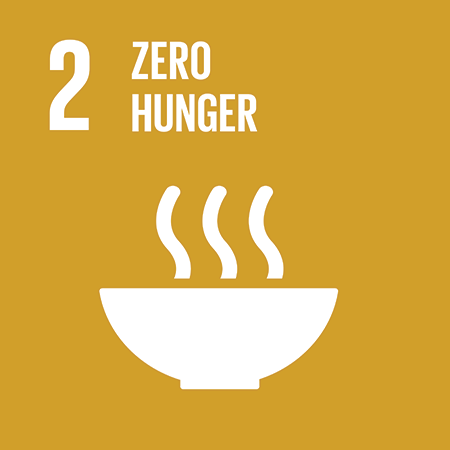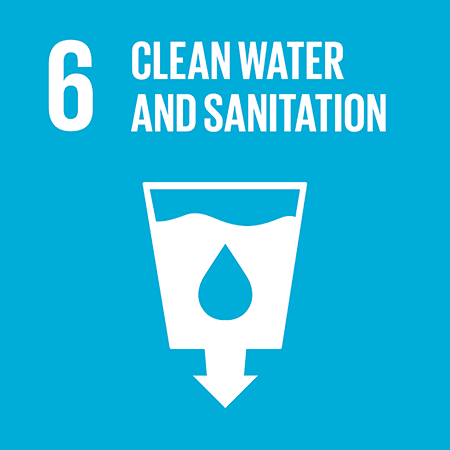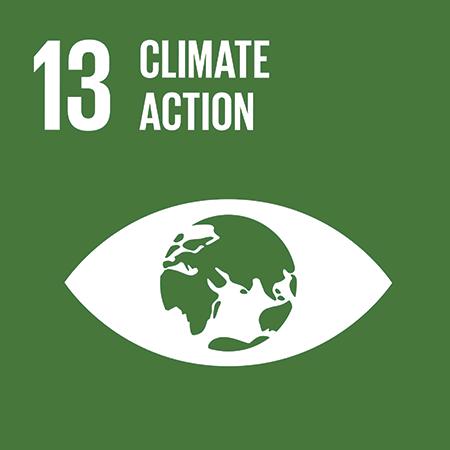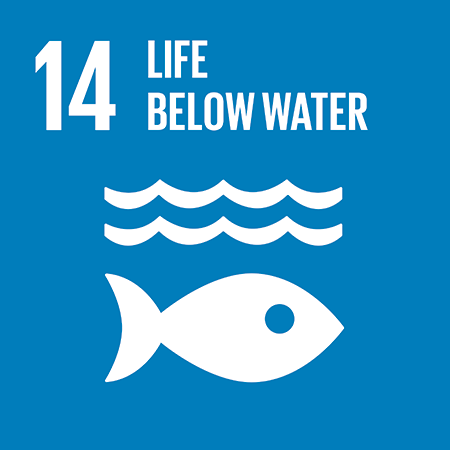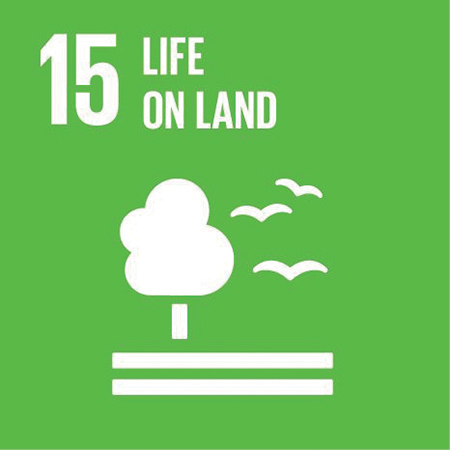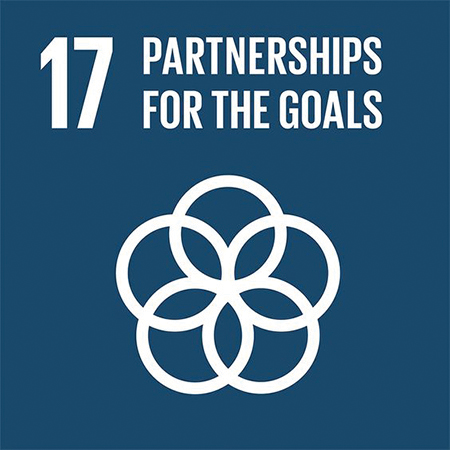Common
Cause
Product Stewardship
now enjoy better soil quality, improved
water infiltration and lower costs due
to efficient use of fertilizers, equipment
and fuel — all with no decrease in yield.




Planting Best Practices
Matt Bormann’s family has grown soybeans and corn in Kossuth County, Iowa, for five generations and today is a strong advocate of 4R Plus nutrient stewardship principles.
“I first learned about soil conservation from my dad,” Matt says. “I helped him sow waterways to reduce gully erosion.” The Bormanns understood the importance of ensuring the long-term health of fields then. Now, Matt and his brothers have land of their own, but live close enough together that they continue to share equipment and expertise. Together, the Bormanns farm more than 2,000 acres of Iowa land.
In 2011, the family began to experiment with strip-till, no-till and vertical tilling, less invasive methods of preparing a field for planting. They haven’t looked back.
Visit Matt’s farm before planting, and you’ll see tilled strips of land just a foot wide. He plants seeds and places fertilizer precisely where plants need it. Matt, along with his dad and brothers, now enjoy better soil quality, improved water infiltration and lower costs due to efficient use of fertilizers, equipment and fuel—all with no decrease in yield. “Perhaps the best thing is that when we spend less time tilling, we have more time to spend with family,” Matt says.
CF is working to ensure that more Iowa farmers learn similar lessons and experience the same types of results through its 4R Plus program in partnership with The Nature Conservancy.
The Bormanns recognize that adopting new farming practices doesn’t happen overnight. Matt’s wife Nancy is an agronomist, Certified Crop Advisor (CCA) and county soil and water commissioner, who speaks with fellow farmers about nutrient management and soil health. “Running a farm is demanding work,” Nancy says. “It can be hard to find time to learn about new practices.”
That’s why Matt and Nancy, along with Matt’s brother Joe, hosted a “field day” at their farm in 2017, and invited other farmers to see their equipment in action, ask questions and learn about the economic and environmental benefits of conservation. The Bormanns also offer custom farming services to help other farmers make the transition to more sustainable practices.
“We care deeply about this land,” Matt says. “Farming as a family has given us greater flexibility to try new things and evolve together. We’ve learned what works and want to show more people how it’s done.”
Productivity Done Right
CF Industries and The Nature Conservancy: A Partnership Built on Sustainability
Through a new partnership with The Nature Conservancy, CF is helping to improve soil health across the state of Iowa. The program, called 4R Plus, is designed to increase awareness and understanding among Iowa’s farmers and crop advisers of two important farming practices: (1) 4R Nutrient Stewardship, and (2) conservation. 4R Nutrient Stewardship refers to the concept of applying the right nutrient source at the right rate, right time, and right place. The “Plus” in 4R Plus refers to a suite of in-field and edge-of-field conservation practices that increase soil resiliency and help to keep nutrients on fields and out of adjacent water bodies. When implemented effectively, 4R Plus practices will not only improve soil health and water quality, but also increase farmers’ yields and bottom lines.
To help spread 4R Plus awareness and understanding, CF and The Nature Conservancy developed a range of marketing materials and tools to spread the message as far as possible. Those materials are based on extensive qualitative and quantitative research that showed that the key drivers to increased 4R Plus adoption by farmers moving forward are the economic benefits that come with 4R Plus practices and farmers’ desire to leave their land in the best condition for the next generation. Nearly 40 partners have joined the initiative as of its formal launch in 2018, including state commodity groups, agribusinesses, conservation organizations, government agencies, universities and others.

Iowa Ag Leader Award
Thanks to our leadership in launching the 4R Plus program, CF received the 2018 Iowa Ag Leader Award from the Iowa Department of Agriculture for outstanding leadership in improving Iowa’s water quality.
Said Iowa Secretary of Agriculture Bill Northey, “Businesses like CF Industries…have shown real leadership in advancing water quality efforts in our state. Stakeholders across agriculture are taking on the challenge of improving water quality by providing tools and information to help farmers and landowners make improvements on their farms.”
4R Principles of Nutrient Stewardship
Right Source
Matching fertilizer type to what crops need, whether root development, water balance or protein.
Right Rate
Delivering the right amount of fertilizer based on existing levels of other nutrients in soil.
Right Time
Applying nutrients at the optimal time, considering soil temperature and weather conditions.
Right Place
Placing fertilizer for maximum uptake by plants to optimize yields and reduce nutrient loss to the environment.
4 Ways 4R Plus Works
The “Plus” in 4R Plus refers to conservation practices that increase the resiliency and health of soil, retain nutrients and moisture for crops, reduce soil erosion and runoff losses and improve water quality. The Iowa Nutrient Reduction Strategy includes dozens of recommended conservation practices, depending on the characteristics of a particular field. Here are four of them.
1. No-Till Farming
No-till farming means not tilling land between harvest seasons. This gives crop residue time to decompose, where it improves soil structure, prevents erosion and sequesters carbon.
2. Cover Crops
Planting hardy crops, like rye, oats and winter wheat, can protect soil by keeping it covered during colder months. This practice reduces erosion and can provide grazing for livestock.
3. Ponds & Wetlands
Wetlands provide habitats for pollinators and other wildlife, filters, sediments and chemicals, and prevent soil erosion and downstream flooding.
4. Filter Strip
A strip of vegetation such as grass, trees or shrubs on the edge of a crop field can filter nutrients before they can reach water sources.
Conservation Service, Des Moines, Iowa.
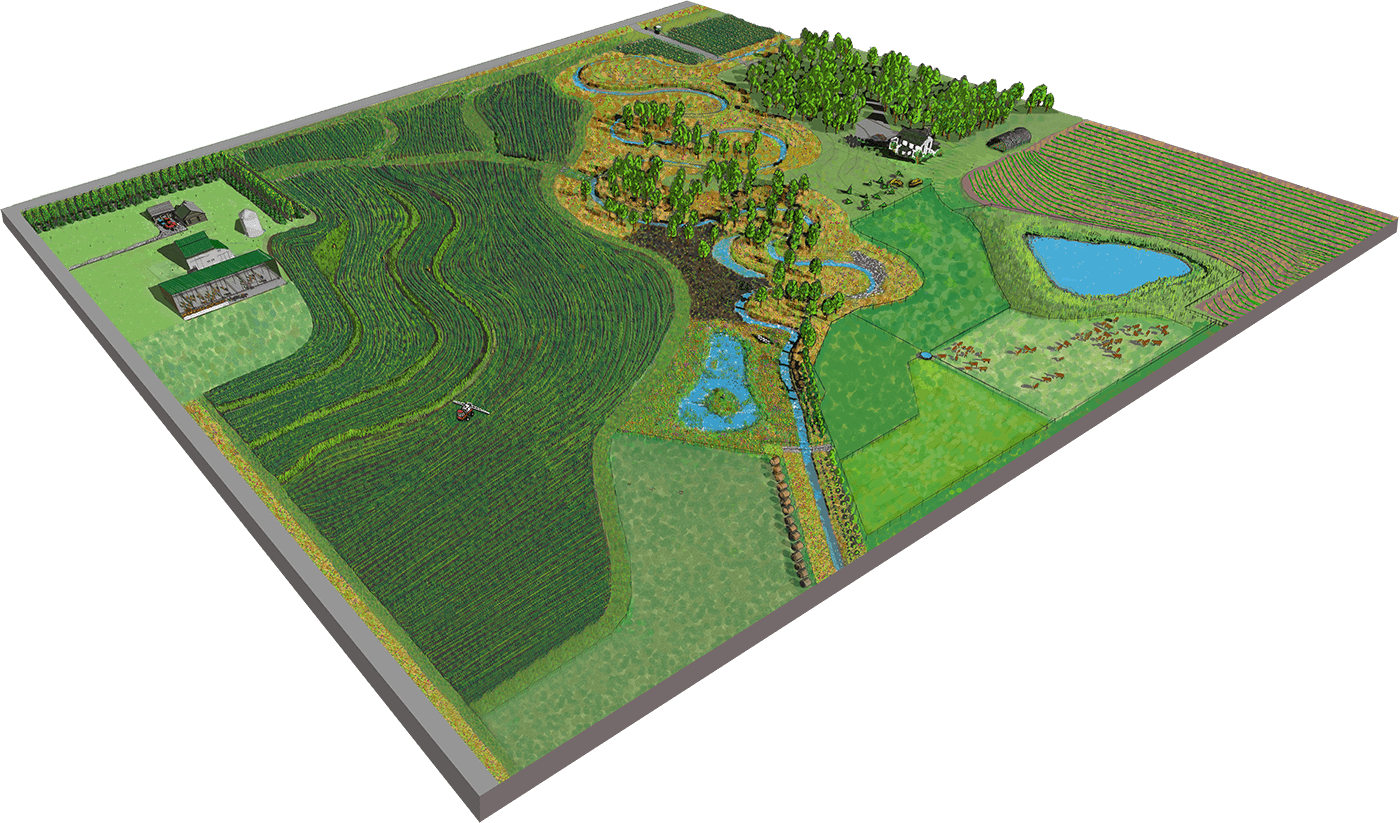
Meeting Global Food Demand
Ensuring the long-term viability of our world’s cropland is especially important in the context of our growing global population.
The world is adding roughly 83 million people to its population every year, and based on current projections, our population of 7.6 billion will reach 8.6 billion by 2030 and 9.8 billion by 2050.
One of the most pressing questions this explosive growth raises is how the world’s people will be fed. Nitrogen offers an answer. It allows farmers to increase yield by growing more food on less land. This equation means that commercial fertilizer makes possible more than half of today’s food supply. By increasing yield from every farmed acre, nitrogen and other crop nutrients allow land to be preserved for other uses, such as carbon-sequestering forests. As demand for food grows, nitrogen’s role will become even more essential.
70% More
food needed to meet nutritional demand by 2050
HALF
of food production today is made possible through effective use of fertilizer

“N” Management Tools for the UK
CF promotes responsible nutrient stewardship in all markets where we operate. Many U.K.-based farmers, for example, have recently opted to plant barley in the spring, when nitrogen levels can determine a crop’s value. Spring crops must grow in a short period of time. If they contain excess nitrogen when harvested, however, they can be rejected by buyers. Using CF Fertilisers UK’s nitrogen management tools N-Min and N-Calc, we’re helping U.K. farmers increase yields and farm responsibly by applying just the right amount of nitrogen.
Beyond Food
How Nitrogen Leads to Cleaner Emissions
CF’s nitrogen-based products benefit more than just farmers. These green products are also helping reduce emissions from power plants and combustion engines in trucks.
Diesel exhaust fluid (DEF) is made from urea liquor mixed with de-ionized water. DEF reduces particulate matter and nitrous oxide emission to near zero levels through selective catalytic reduction (SCR) technology. Continued growth will occur into the next decade as SCR/DEF is the predominant means used by diesel engine manufacturers to meet the federal emissions mandate issued in 2010.
DEF consumption in North America is expected to increase by 10 to 15 percent per year, and CF is responding to this growing demand. With new investments in production capability, new rail cars and a new load-out facility at our Donaldsonville plant, CF can supply emissions-reducing DEF to customers consistently, year-round.
Ready for DEF Demand
DEF Sales Volume
CF DEF Rail Fleet
Source: Internal CF Data

